
- Shandong Microwave Machinery Co.,Ltd.
- To be the Leader of microwave drying and edible oil refining equipments Manufacturer
Home> Company News> Closed Circuit Cooling Towers vs Open cooling tower
- AddressNo. 225, Huangqiao Village, Beiyuan, Tianqiao District, Jinan, Shandong, China
- Factory AddressNo. 225, Huangqiao Village, Beiyuan, Tianqiao District, Jinan, Shandong, China
- Phone(Working Time)+86 0531 85064681
- Phone(Nonworking Time)0086-15020017267
- Fax+ 86 0531 85064682
Closed Circuit Cooling Towers vs Open cooling tower
2018-08-28 17:29:04What is cooling tower
A cooling tower is a device that uses water as a circulating coolant to absorb heat from a system and discharge it into the atmosphere to lower the temperature of the water, in the form of an open cooling tower and a closed cooling tower.
The open cooling tower sprays the cooled circulating water through the nozzle onto the packing to form a uniform water film. The water film is in direct contact with the air and exchanges heat. The driving force for heat exchange is the temperature of the water film and the temperature of the air wet bulb. The difference, the heat released by the circulating water cooling, is mainly absorbed by the water becoming water vapor, which is then taken out of the cooling tower by the fan. Since the cooled circulating water is in direct contact with the air, it is called an open cooling tower [3], see Figure 1.
The Closed Circuit Cooling Towers is to flow the softened water to be cooled in the heat exchange tube, and the heat released by the softening water is transferred to the wall of the heat exchange tube, and the heat is transferred to the water film on the outer wall of the heat exchange tube, the water film. It is then in contact with air and exchanges heat. This heat exchange process is the same as that of the open tower. Since the cooled demineralized water does not come into contact with the outside in the heat exchange tube, it is called a closed cooling tower. Since it is difficult to clean the scale inside the heat exchange tube, the circulating water required to be cooled must be demineralized water.
1.2 Cooling tower scheme comparison basis
1.2.1 Advantages of open cooling towers
(1) The total investment in open cooling towers is lower than that of closed cooling water systems, which is about 1.5 times that of the former.
(2) The technology is mature, and the operation is simple and stable.
(3) High cooling efficiency, this project is 28 °C / 38 °C.
1.2.2 Disadvantages of open cooling towers
(1) During operation, the outdoor sand and dust enter the circulating water system in large quantities, which makes the water quality of the circulating water unstable and increases the possibility of scaling inside the cooled equipment.
(2) The packing is easily blocked and needs to be replaced regularly.
(3) The evaporation loss of circulating water is large.
1.2.1 Advantages of open cooling towers
(1) The total investment in open cooling towers is lower than that of closed cooling water systems, which is about 1.5 times that of the former.
(2) The technology is mature, and the operation is simple and stable.
(3) High cooling efficiency, this project is 28 °C / 38 °C.
1.2.2 Disadvantages of open cooling towers
(1) During operation, the outdoor sand and dust enter the circulating water system in large quantities, which makes the water quality of the circulating water unstable and increases the possibility of scaling inside the cooled equipment.
(2) The packing is easily blocked and needs to be replaced regularly.
(3) The evaporation loss of circulating water is large.
1.2.3 Advantages of a Closed Circuit Cooling Towers
(1) The system does not scale inside, which can greatly extend the service life of the process equipment. Since the cooled medium flows in the heat exchange tube, the softened water does not come into contact with the outside air, so that the softened water can be effectively protected from contamination. Moreover, since ordinary industrial circulating water is turned into demineralized water, it can ensure that various process equipments in the whole system, especially in the heat exchanger tubes, are not scaled; and the cooling process can be ensured by parameter setting and alarm system. Smooth and cool effect is obvious. This can greatly extend the service life of each process equipment in the system.
(2) The application of water saving effect in the northwest region is obvious. The Closed Circuit Cooling Towers can save water relative to the open tower. There are two main reasons for this: 1 When the ambient temperature is low to a certain extent, the amount of spray water can be gradually reduced, that is, the air cooling heat transfer is gradually started. The greater the temperature difference between the temperature in the winter and the temperature required to be cooled, the better the water saving effect. Therefore, in order to achieve better water-saving effect of the closed cooling tower, it is best to choose the location in the northwest. If applied to the southern region, the water saving effect is not obvious. 2 The closed cooling tower has an independent self-circulating spray system, that is, the cooled softened water is taken in the pipe, and the pipe is sprayed from the outside. Under normal design conditions, the amount of self-circulating spray water is 1/3 of the amount of water to be cooled. Compared to the open tower, the amount of water flowing is also 2/3 less because the amount of spray water is 2/3 less. At the same time, the amount of sewage is also reduced.
(3) Simplify the circulating water cooling system. The traditional cooling system is to transport the circulating water through the pipeline to the large circulating pool. This length is generally long. Increased material and installation costs have also increased leak points. If a closed system is used, a closed cooling tower can be installed directly in each section of the system, greatly reducing the design of the circulating water piping. The fluid cooler can also be installed directly on the roof of the pump house, which reduces material and installation costs and reduces land area.
(4) Compared to the obvious energy saving. The cooled water in the open cooling tower is sprayed from the high pressure during the cooling process, and is pumped into the system through the water pump. This process is wasting the potential energy of the circulating water. After the closed system is used, the softened water does not decompress in the heat exchange tube, which saves the pump pressurization. However, the cooling water of the closed cooling tower also needs the pressure of the spray water. However, since the amount of spray water outside the pipe is much less than that inside the pipe, and the required lift is also significantly reduced, the energy saving effect is still obvious. The closed cooling tower can adjust the air volume and the spray volume according to the change of the ambient temperature, control the start and stop of the fan and the sprinkler system, and maximize the efficiency and energy saving of the cooling process.
(5) Advantages of counterflow and crossflow. The heat exchange process of the counter-current closed cooling tower is more reasonable and the cold effect is high. The water distribution system is not easy to block, the watering filler is kept clean and not easy to aging, the moisture backflow is small, and the anti-freezing ice is easier. Multiple units can be combined in combination. In winter, the required water temperature and water volume can be combined into a single operation or all the fans can be stopped. The installation is easy to install and repair, and the cost is low. It is commonly used in air conditioning and industrial large and medium-sized cooling circulating water.
(6) Good environmental protection. The closed cooling tower is circulated through a fully enclosed internal circuit to protect the circulating water from contamination and sustainable use. Due to the low evaporation of the spray water, the atmosphere environment is greatly protected. It does not pass water-based bacteria, posing a health threat to people around the tower.
1.2.4 Disadvantages of Closed Circuit Cooling Towers
(1) The capacity of a single device is small, and the number of moving devices such as fans is large, and the operation and maintenance are complicated.
(2) The floor space is 5-6 times that of the open cooling tower system.
(3) The cooling effect of the closed cooling tower is susceptible to the surrounding hot and humid air. The circulating feed water temperature after cooling is usually about 2 °C higher than the open cooling tower system.
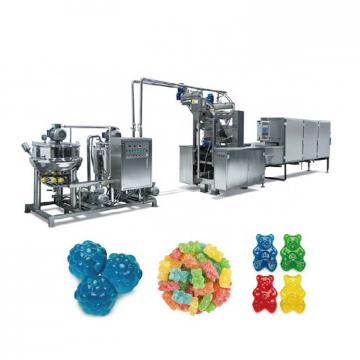 High efficiency food beverage factory stone paper production line
High efficiency food beverage factory stone paper production line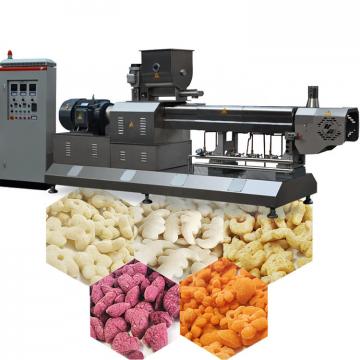 Factory price Fully automatic Machine PP/PS Plastic Sheet Production Line
Factory price Fully automatic Machine PP/PS Plastic Sheet Production Line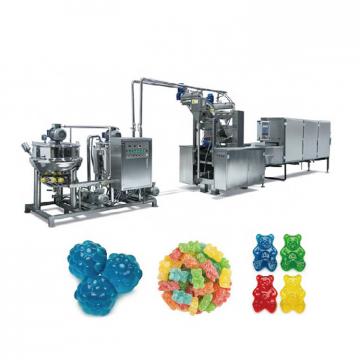 used deformered bar rolling mill production line
used deformered bar rolling mill production line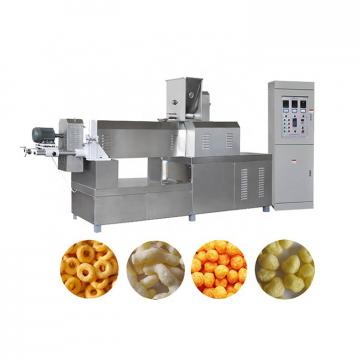 Manufacturing plant automatic factory puffed sticky rice cracker production line
Manufacturing plant automatic factory puffed sticky rice cracker production line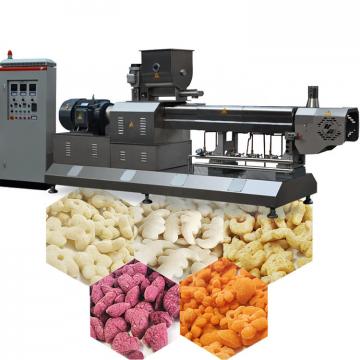 Production Line Pp Ppr Plastic Pipe Making Machine 20-63mm Multi-layer Extrusion Production Line For Water Supply
Production Line Pp Ppr Plastic Pipe Making Machine 20-63mm Multi-layer Extrusion Production Line For Water Supply